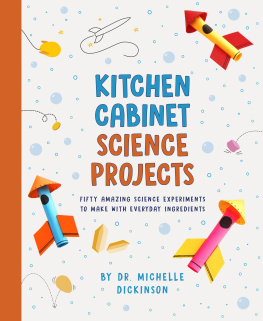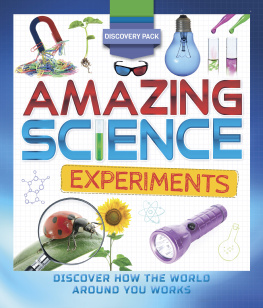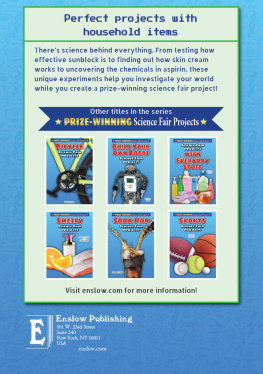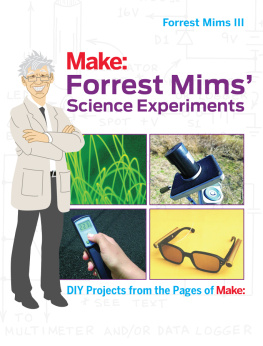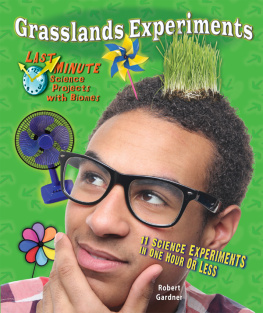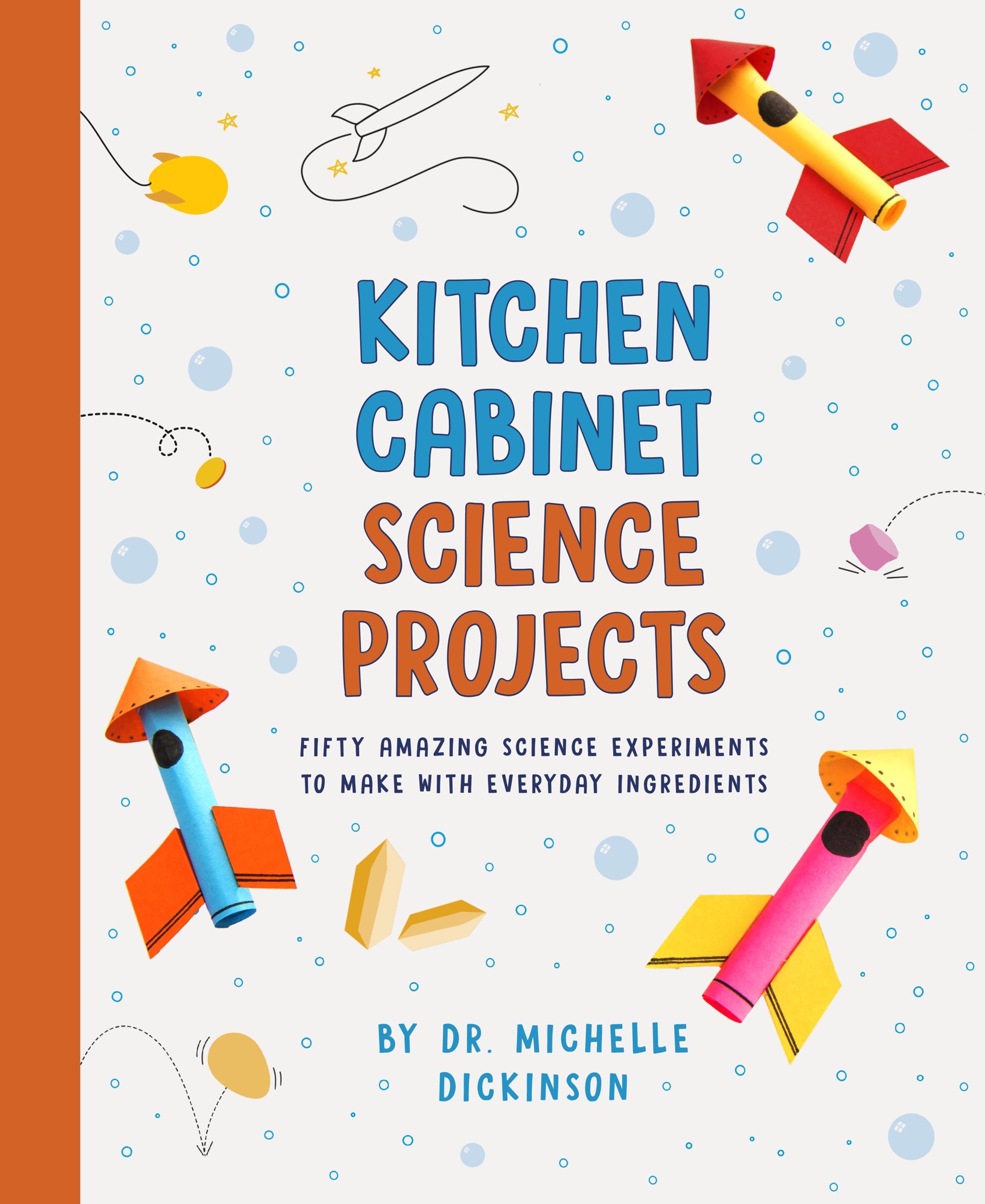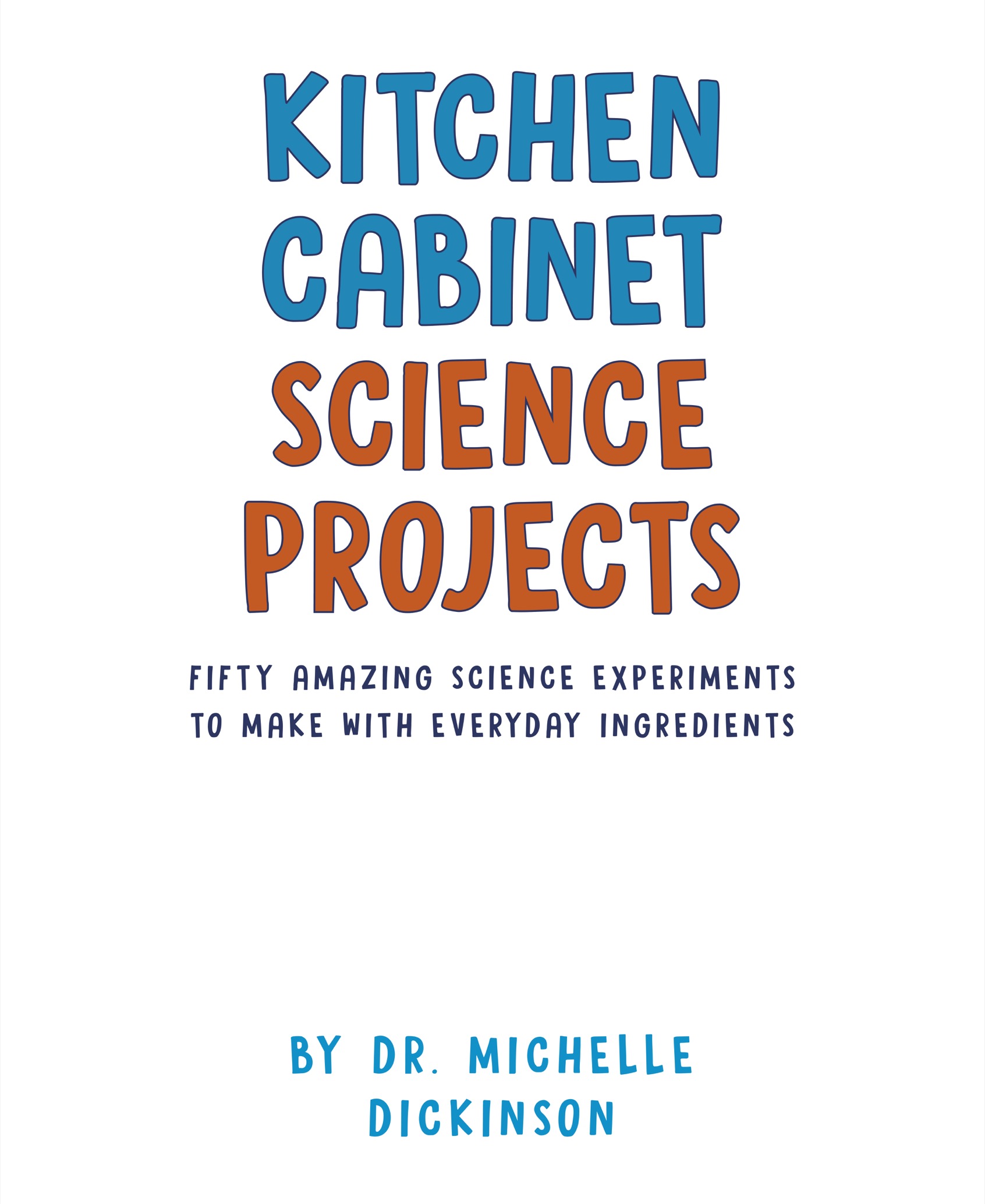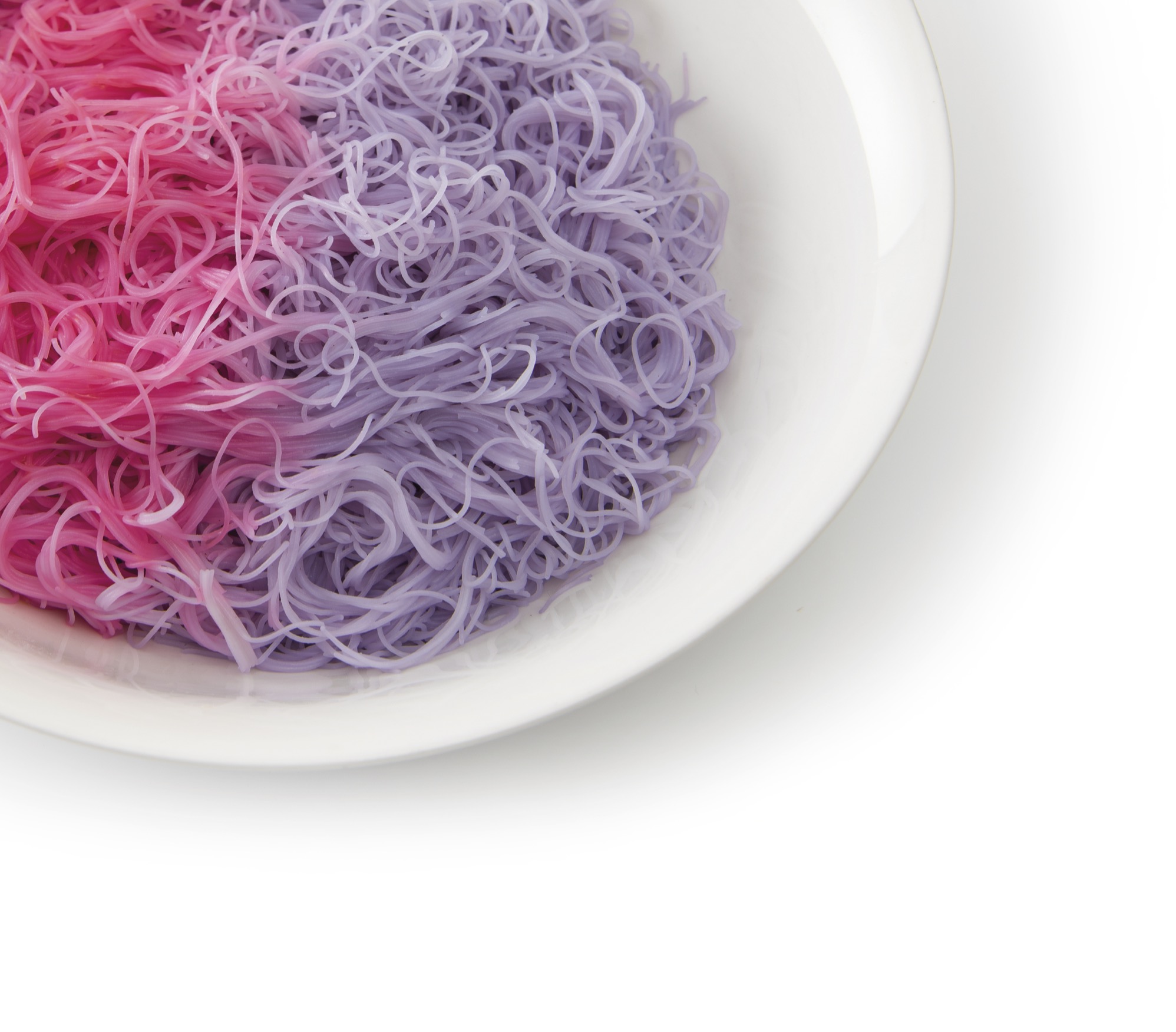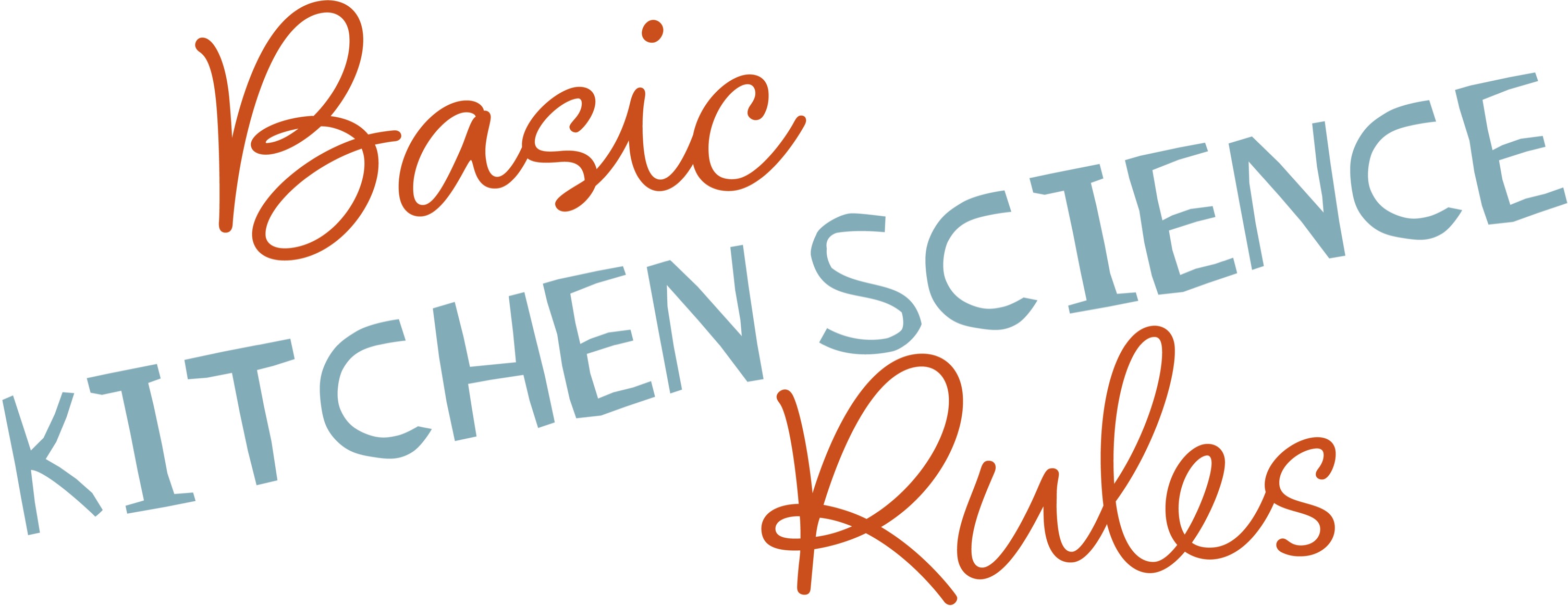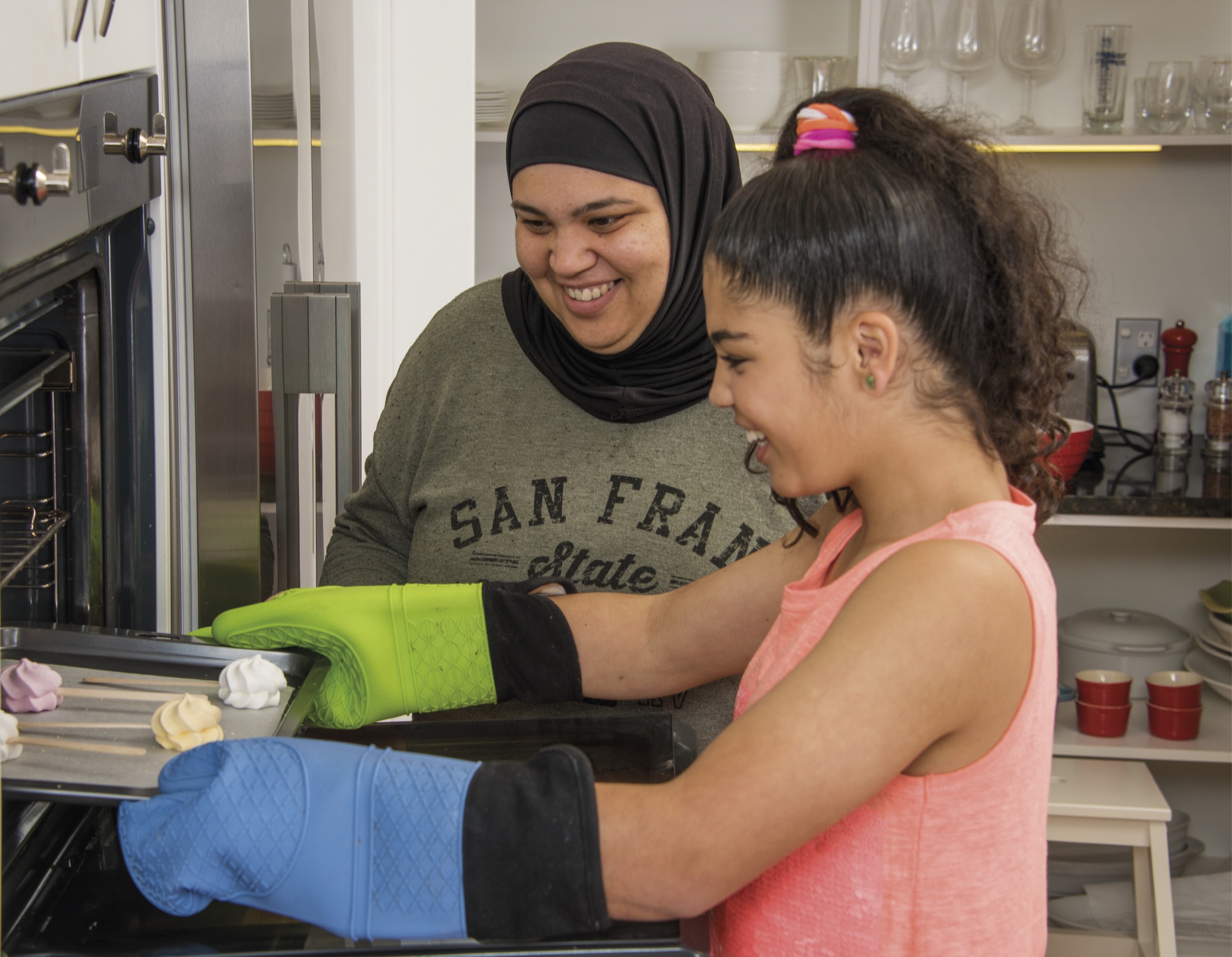PENGUIN WORKSHOP
An Imprint of Penguin Random House LLC, New York

Penguin supports copyright. Copyright fuels creativity, encourages diverse voices, promotes free speech, and creates a vibrant culture. Thank you for buying an authorized edition of this book and for complying with copyright laws by not reproducing, scanning, or distributing any part of it in any form without permission. You are supporting writers and allowing Penguin to continue to publish books for every reader.
The publisher does not have any control over and does not assume any responsibility for author or third-party websites or their content.
Copyright 2018 by Nanogirl Labs Limited. First published in New Zealand in 2018 by Nanogirl Labs Ltd and in Great Britain in 2019 by Particular Books. First published in the United States in 2021 by Penguin Workshop, an imprint of Penguin Random House LLC, New York. PENGUIN and PENGUIN WORKSHOP are trademarks of Penguin Books Ltd, and the W colophon is a registered trademark of Penguin Random House LLC.
Visit us online at www.penguinrandomhouse.com.
Library of Congress Cataloging-in-Publication Data is available upon request.
ISBN 9780593097540 (paperback)
ISBN 9780593383810 (JLG edition)
ISBN 9780593383896 (ebook)
pid_prh_5.6.1_c0_r0
EACH OF THE recipes IN THIS BOOK IS a science experiment THAT YOU CAN COMPLETE AT HOME USING ONLY common ingredients, MOST OF WHICH YOU WILL PROBABLY ALREADY HAVE IN YOUR kitchen.
Each recipe contains a simple introduction explaining what the experiment is about, as well as icons identifying important details - such as if the recipe is edible, if it requires time to set, or if there are any safety issues that you need to be aware of.
The equipment and ingredients lists specify all the materials you need to complete the recipe. The instructions list provides a step-by-step guide to all the procedures.
Before starting the recipe, ask yourself what you think may happen - and why. Scientists call this a hypothesis and its a great way to see if you can predict a result before you actually carry out the experiment. It may help to have a notebook to write down your hypothesis, and to record any observations you make along the way.
The process of science is just as exciting as the results!
Make a point of stopping at each step, and observe if anything is changing before you proceed with the next step. Sometimes the color, temperature, texture, or smell may change as you add different ingredients.
The Science Behind section of each experiment is to help explain the results from the recipe. However, do remember that different brands of ingredients may differ slightly, so some recipes may need a bit of tweaking or further experimentation.
After you have completed an experiment, go back to your hypothesis and see if your results were the same as you expected.
Dont worry if you get the recipe wrong, or if it doesnt turn out quite how you planned this is what being a scientist is all about! Mistakes and troubleshooting are the key ingredients for problem solving. Some of the worlds best inventions have been discovered from things going wrong in the lab!
The Explore Further section is designed to help you to think more about how the experiment works. It suggests extra tasks and challenges to help you see how changing the variables can change the results.
In general, we have tried to organize the experiments in each chapter to start with the easiest to do, becoming progressively more challenging through the section.
A series of icons are used throughout the book to give you helpful guidance and important safety information.

To stay safe and complete the experiments in this book, its good to follow some basic kitchen cooking rules.
Wash your hands with soap and warm water before touching any food or ingredients. Many of these recipes are edible, so its important that your hands are clean - this way, everybody can safely enjoy the tasty results.
Wear an apron and ensure that any long sleeves are rolled up. If you have long hair, tie it back to reduce the risk of it catching in equipment or any loose hairs falling into your experiment.
Before starting an experiment, read the instructions from beginning to end to make sure that you have all the ingredients and equipment on hand.
To ensure a greater chance of a successful experiment, take time to measure every ingredient carefully. Refer to the Measuring and Conversions section in this book.
A timer is a useful tool, both in the kitchen and the laboratory. Many modern phones have a timer function.
When touching hot saucepans or baking trays, always take care and use heat-resistant gloves, or oven mitts, to avoid burning your hands.
When you have finished your experiment, do not forget to clean up and put all your equipment away. A tidy lab is a safe lab!
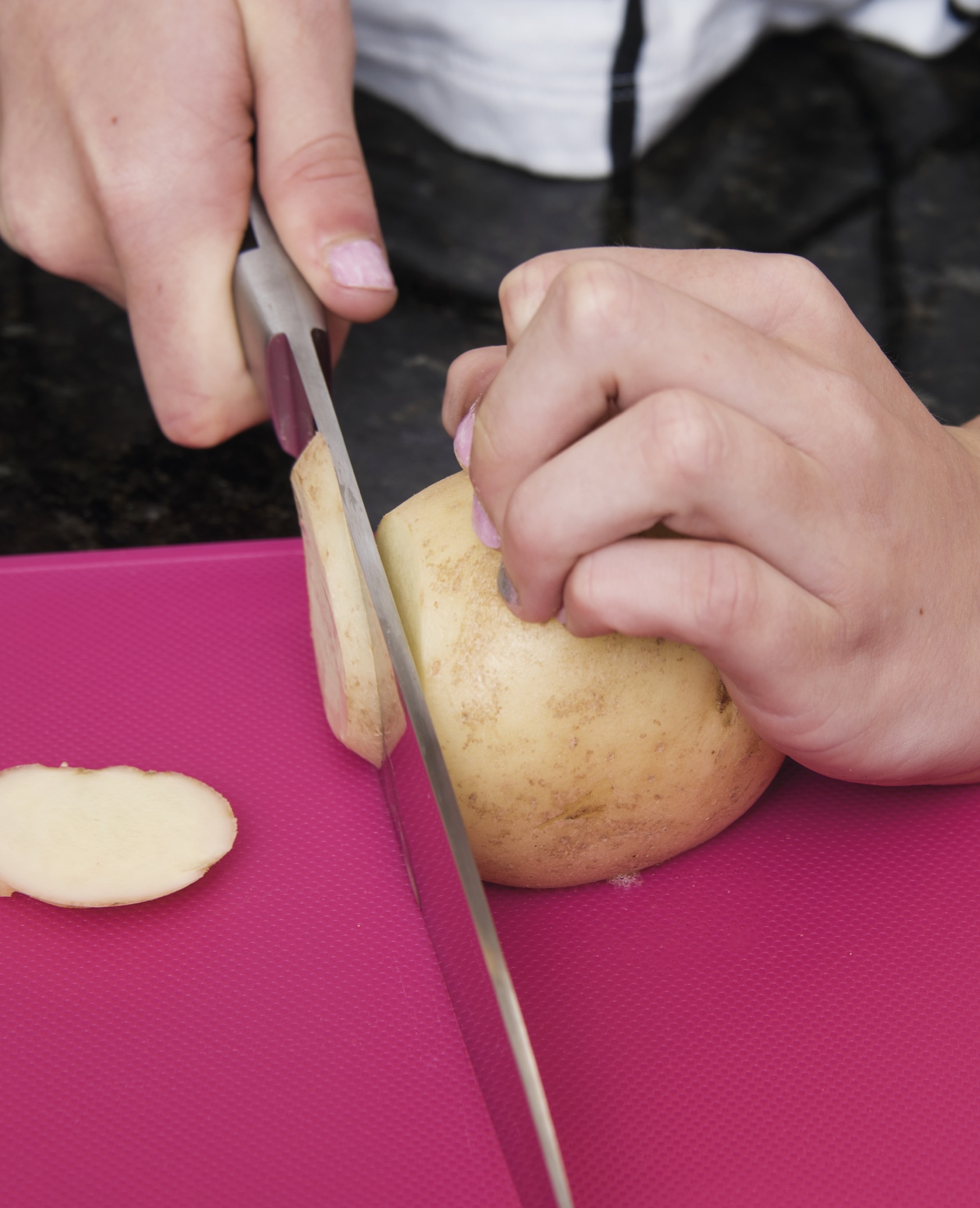
Heat and flames
Some of the experiments in this book require heating in an oven, on a stove, or using an open flame.
We advise parents and caregivers to ensure that young people in their care are familiar with the safety rules below prior to beginning any experiment involving heat.
Adult supervision is important for all these experiments.
Oven Safety
Always use heat-resistant oven gloves and take care when handling hot baking trays.
Stand to the side when opening the door of a hot oven to prevent the initial blast of hot air from burning your face.
Stovetop
Make sure that all pan handles are turned to the side to minimize the risk of pans being knocked off the stove.
Never leave a pan unattended or filled too high on a stovetop as it can quickly boil over.
Take care when stirring boiling liquids as the rising steam can burn. Use a long-handled spoon to minimize this risk.
Use oven mitts to hold the handle of a hot pan and when finished, rinse the pan off in cold water to reduce the risk of others picking it up while still hot.
SAFETY
Microwave
Make sure that only microwave-safe plastic or glass dishes are used in the microwave. Never use metal foil to cover food in the microwave.

